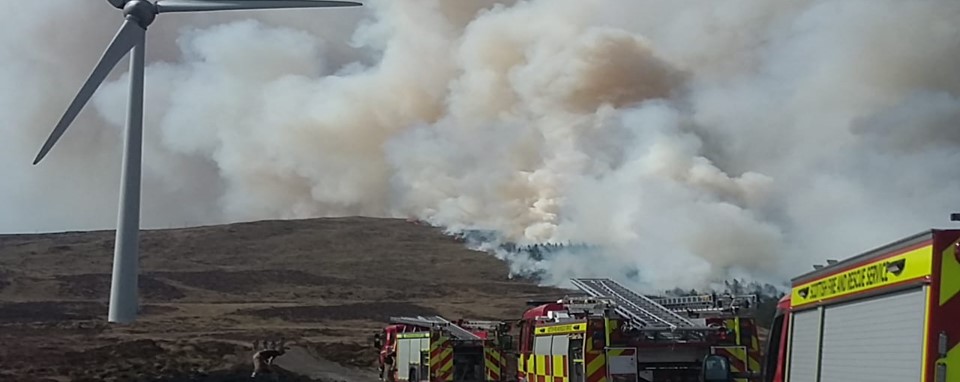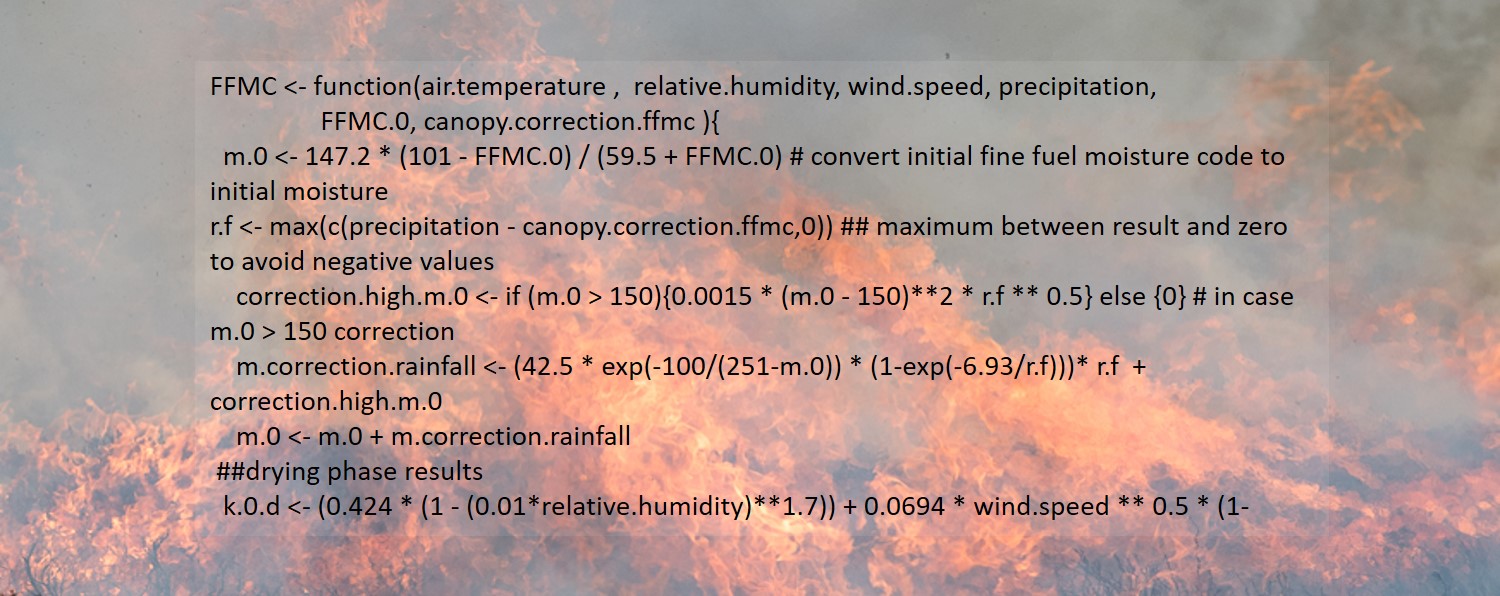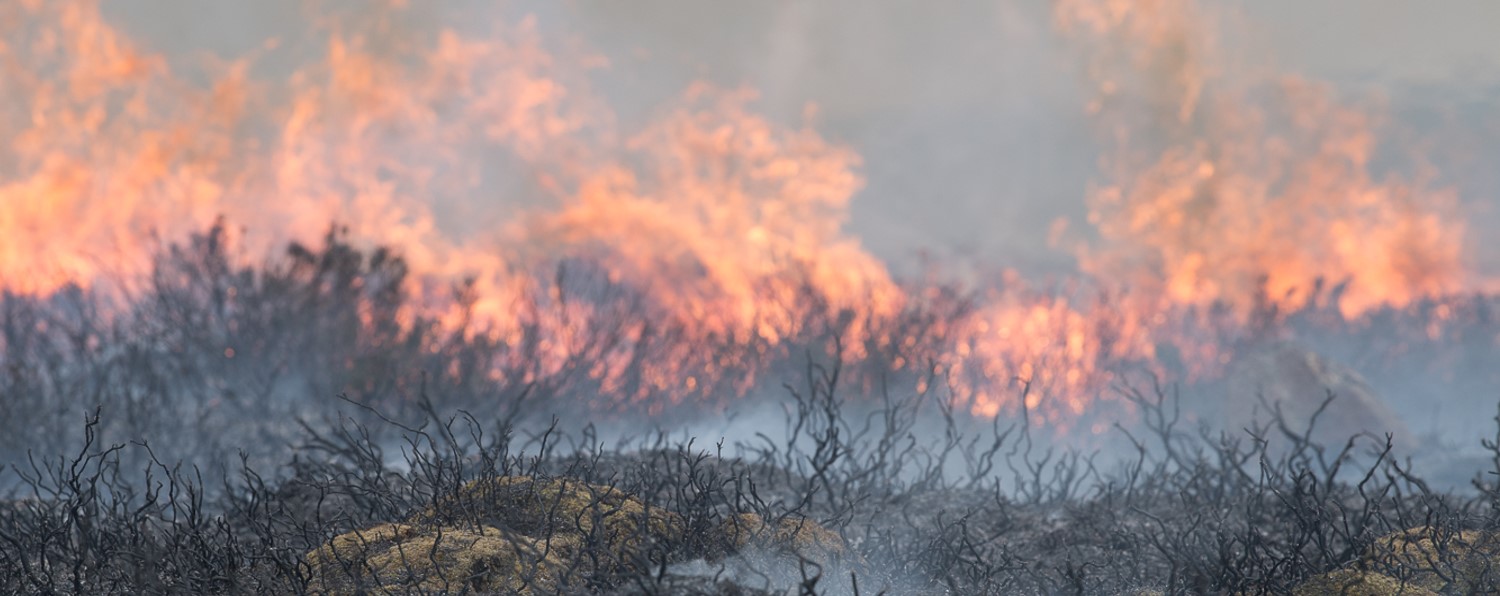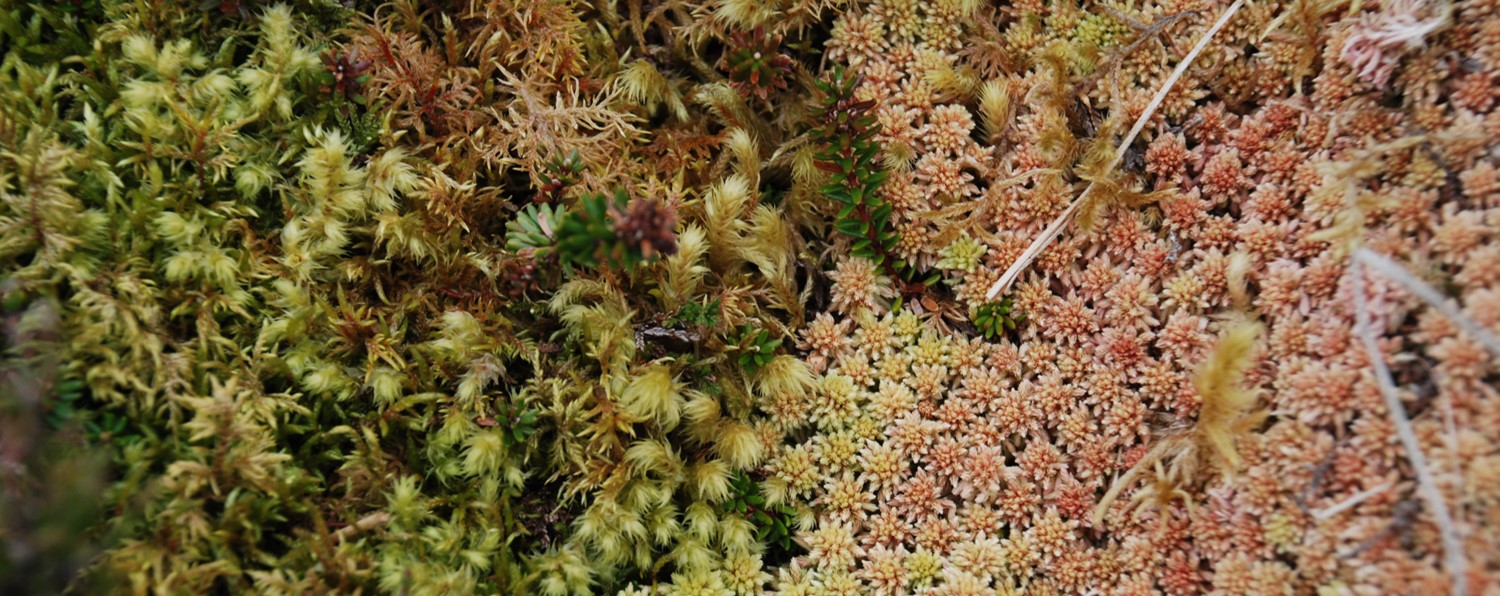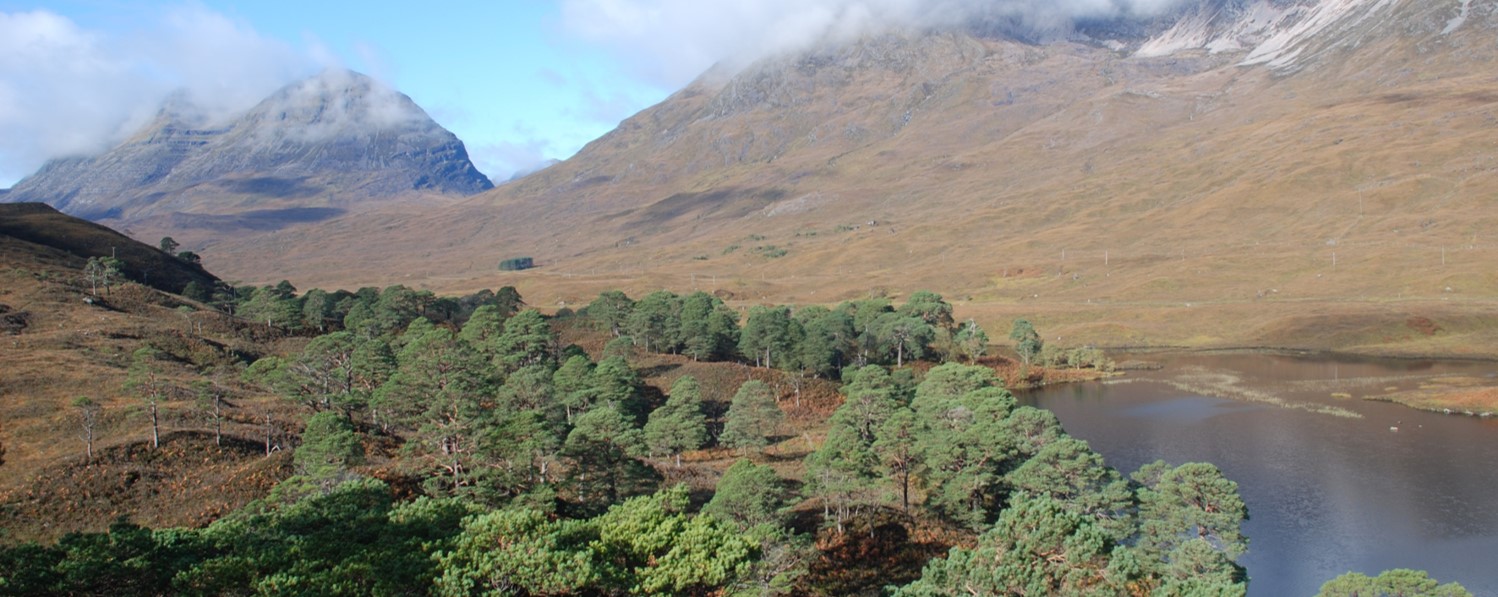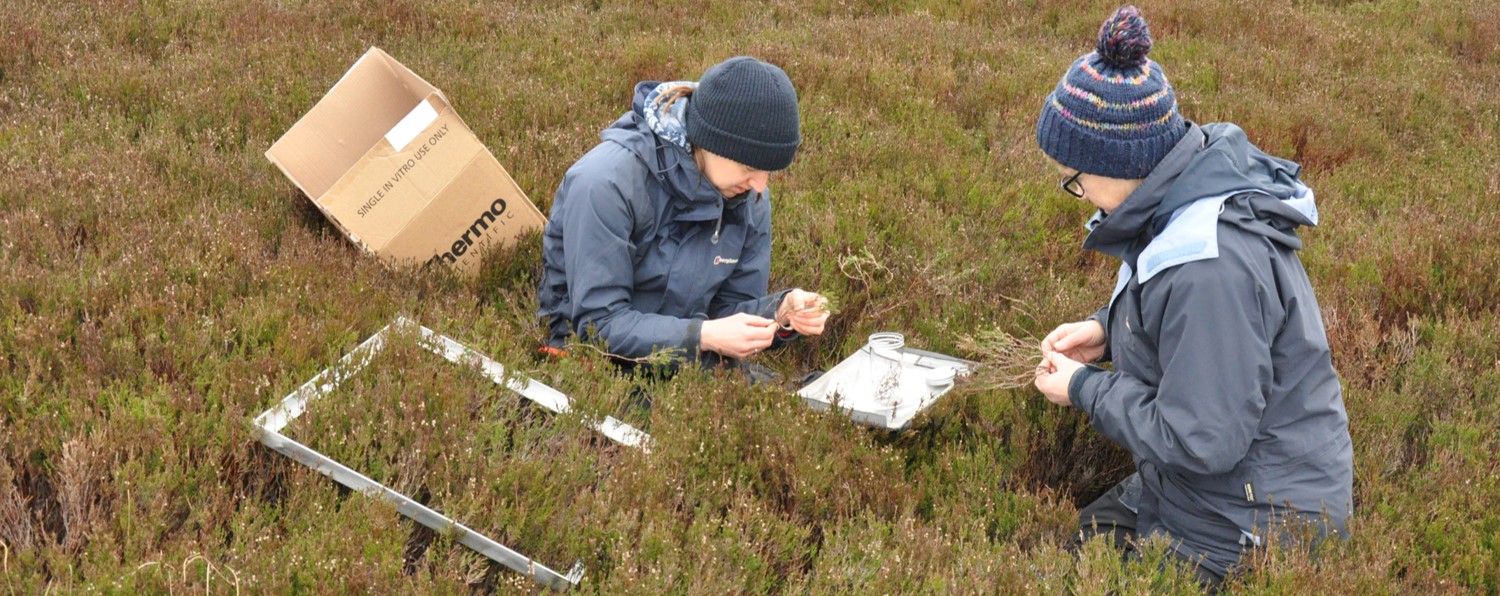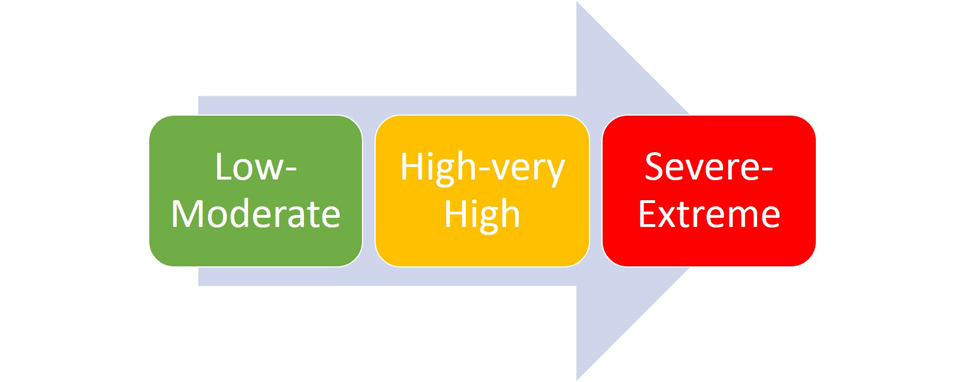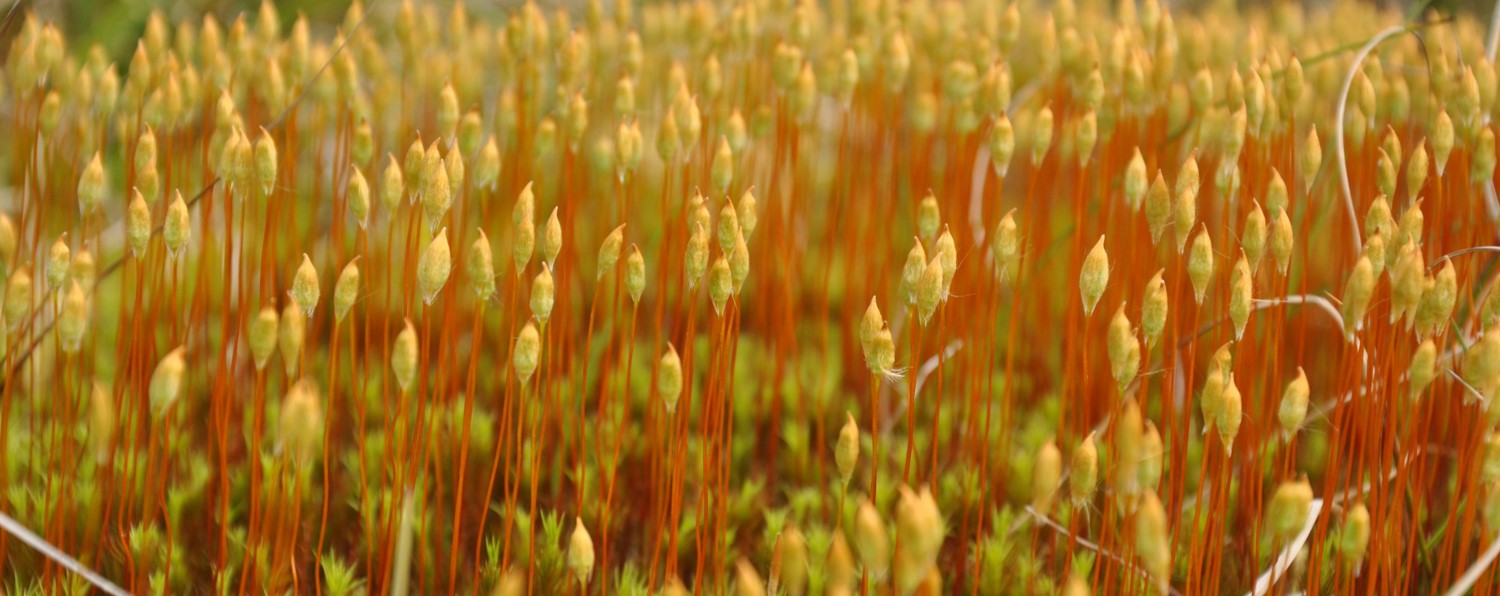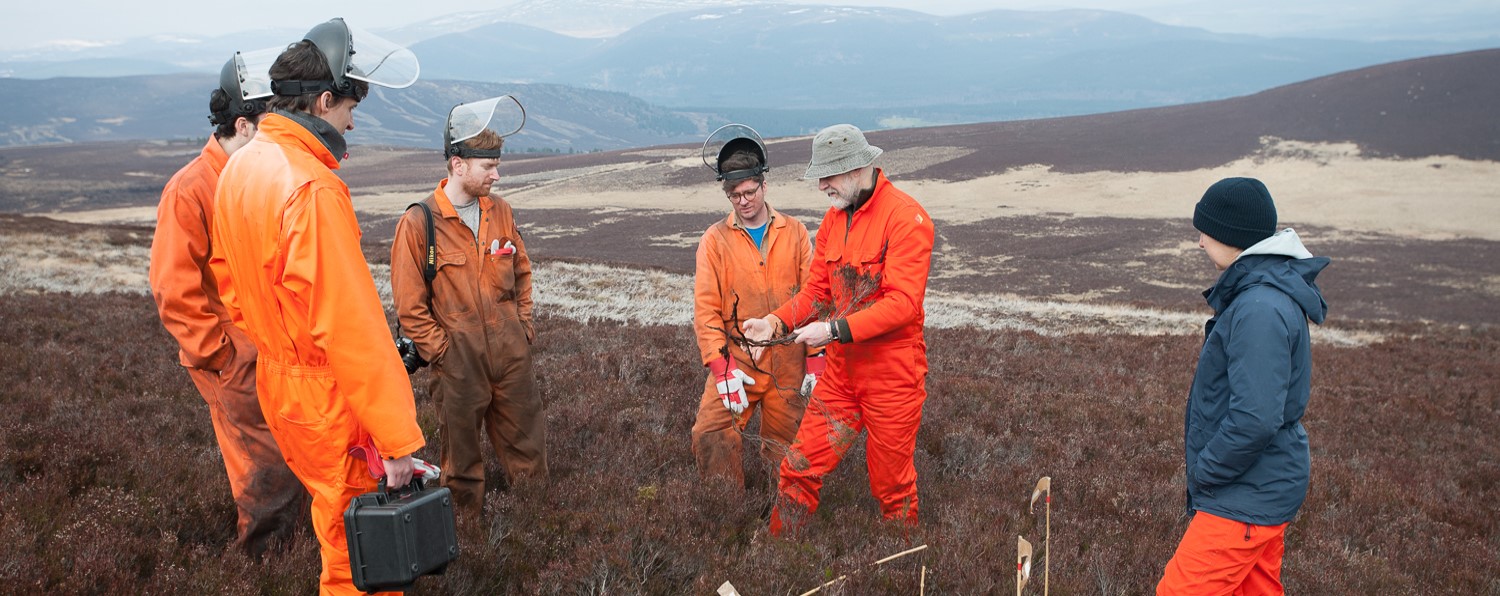Calibrate FWI codes to fire incidence data (Lead JIH)
This work package breaks down into three main components -
- A desk-based literature review on fire risk as identified from observational, experimental, environmental and fire incidence data; model-building processes, and index code calibration
- Environmental and fire incidence data acquisition
- FWI modelling and calibration using data from WP1, 2 and data sources
Literature review
The empirical relationships applied in the Canadian Fire Weather Index calibration have been determined from observations in Canada and will require modification to be more applicable to assess fire risk in Scotland. The literature review will identify the parameters in these relationships which show highest sensitivity to changing geographical settings and vegetation types. The empirical relationships used to calculate the fuel moisture codes are strongly linked to vegetation types and therefore are likely to requite the greatest modifications.
Environmental and fire incidence data acquisition
Meteorological data and data on land cover and vegetation, data from previous projects related to fire risk, and data on fire incidences in Scotland will be acquired and processed. Available data will be used to identify gaps in our knowledge of fuel loads relative to vegetation type and to inform other WPs. Our main test site for burning trials is part of the Environmental Change Network (ECN) sites instrumented with an automatic weather station operating at sub-daily timestep and a Cosmic-ray soil moisture sensor (as part of the COSMOS-UK sites thus the quality of the data for this site will be of the highest standards.
Data provided by the European Forest Fire Information Service will also be analysed to examine fire incidence relative to weather conditions over the period 2013 to 2018.
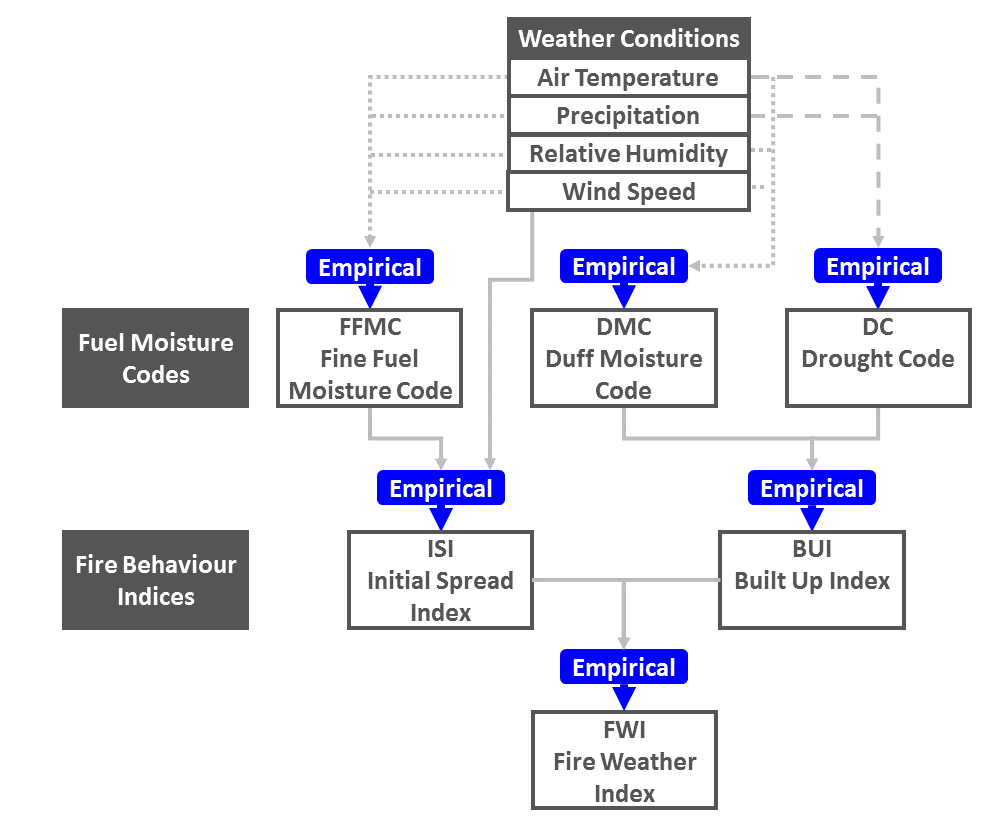 FWI modelling and calibration
FWI modelling and calibration
The methodology to determine the Scottish Fire Weather Index will be an adaptation of the Canadian Fire Weather Index (see Figure below). The calculations of the Scottish Fire Weather Index linking meteorological data to fuel moisture codes, fire behaviour indices and finally the fire weather index will be implemented in the form of functions and scripts in the R programming language. To be adapted to the Scottish wildfire environment, the empirical relationships between meteorological conditions, fuel moisture codes, fire behaviour indices and the fire weather index will be adapted. The Scotland-specific parameter values will be estimated based on literature review, existing data sets from previous projects (as analysed in data acquisition) and laboratory and field experiments (work packages 1 and 2).

